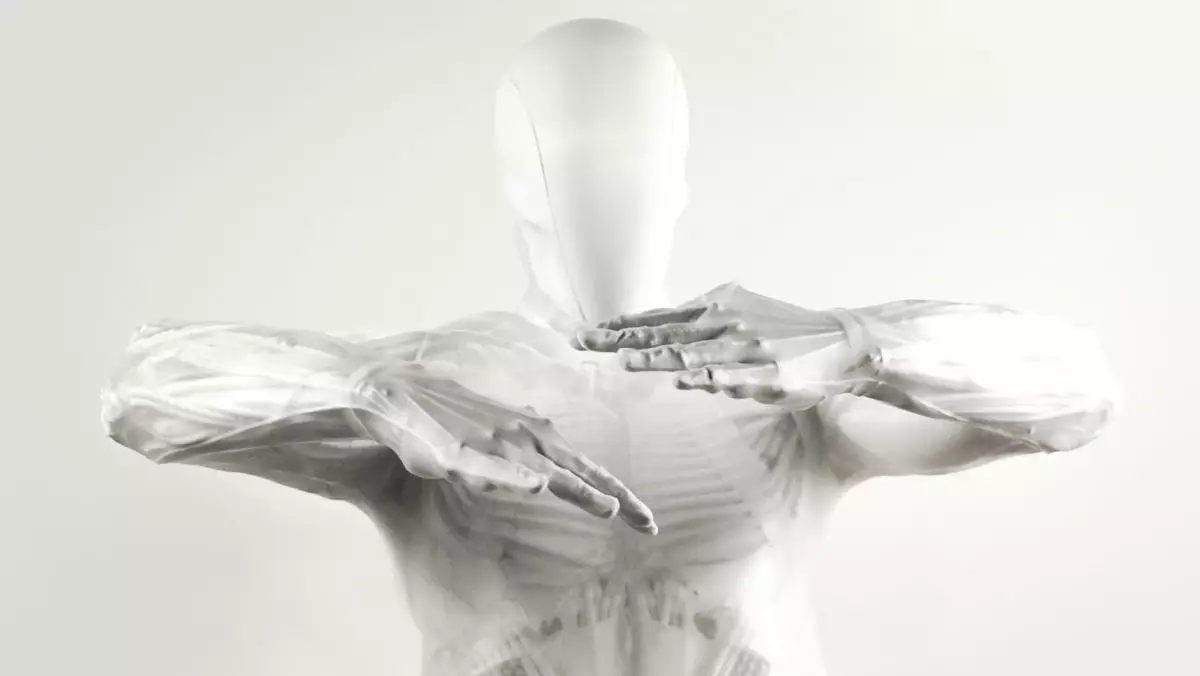In our pursuit of technological advancement, we often tread into domains that evoke both marvel and terror. The latest innovation, a bipedal musculoskeletal android designed by Clone, encapsulates this dichotomy. Touted as an ‘anatomically accurate’ representation of humanity, this faceless monstrosity serves as both a testament to what robotics can achieve and a harbinger of potential horrors that could accompany such creations. But what are the implications of such advancements? As we delve into the mechanics, design, and ethical implications of this android, it becomes apparent that our insatiable quest for innovation may come with significant tradeoffs.
At first glance, the android from Clone appears to mirror the human form, boasting limbs, fingers, and an intricate muscular system inherited from biological design. However, the absence of a face is where the unease begins. In a world already concerned with the dehumanization caused by technology, this android’s lack of facial features amplifies existential fears. Without a face or mouth, it can neither engage in meaningful interaction nor convey emotion, transforming it into a mere husk of human semblance.
The technological marvel lies in its Myofiber system, which animates the robot through artificial muscles designed to replicate the movements of living creatures. While innovation in this field can lead to significant benefits, the ramifications of creating a humanoid figure devoid of consciousness or moral understanding raise ethical questions. By utilizing this technology, are we simply mimicking life without understanding the responsibilities that accompany it? The android becomes a chilling reminder of our capability to mimic life, but not to comprehend its value.
Every new frontier comes with its risks, and the bipedal android is no exception. As it twitches and jerks in movements reminiscent of a living being in distress, one cannot help but feel discomfort. If this robot becomes operational in homes, what safety measures will be implemented to mitigate the risks of injury from its erratic behavior? An android made of synthetic sinews and materials is less likely to cause severe damage than a metallic counterpart, yet the concern remains that it can still cause unintended harm, particularly to vulnerable individuals such as pets or children.
Furthermore, the potential for the android to malfunction raises grave concerns. The absurdity of a robot designed to assist in mundane tasks, yet inherent faulty wiring leading to disastrous consequences, transforms it from a helpful assistant to a burdensome threat. Will households eventually require another android solely responsible for picking this entity up off the floor when it inevitably falls? The design, crafted supposedly for safety, alleviates one concern while magnifying another.
In an age where automation seems poised to take over numerous aspects of daily life, the introduction of this android poses essential questions about its role in society. Advertised capabilities range from mundane household chores to witty repartee, yet the audacity of these claims begs skepticism. How could a piece of machinery—prone to twitching, falling, and miscommunication—be a reliable companion or helper around the house?
In reality, the promise of a home assistant conjures visions of a clumsy entity that may very well disrupt daily life more than it enhances it. What once might have been an assistant that made life simpler could quickly devolve into a bizarre liability, blurring the lines between helpfulness and horror.
Finally, the ethical considerations surrounding the creation of such androids are inescapable. Do we possess the moral authority to experiment with entities that resemble sentient beings, devoid of ‘feeling’ or ‘understanding’? As we construct these tools, should we not also consider the impact they have on our perception of life, agency, and human connection?
As we move forward into this futuristic landscape, shaping these bizarre technologies to mimic human actions, we must tread carefully. The line between artificial intelligence and true sentience is nuanced and complex. Creating humanoid robots devoid of the very essence that makes us human—emotion, empathy, and understanding—could result in chilling implications for our future.
The journey toward developing complex robotics is filled with possibilities, but it comes with a caveat. The introduction of the Clone android serves as a warning: as we create machines that embody our likeness, we must remain acutely aware of both the promise and peril they present. In our fervor to innovate, let us not lose sight of our humanity—a privilege that should never be replicated.

